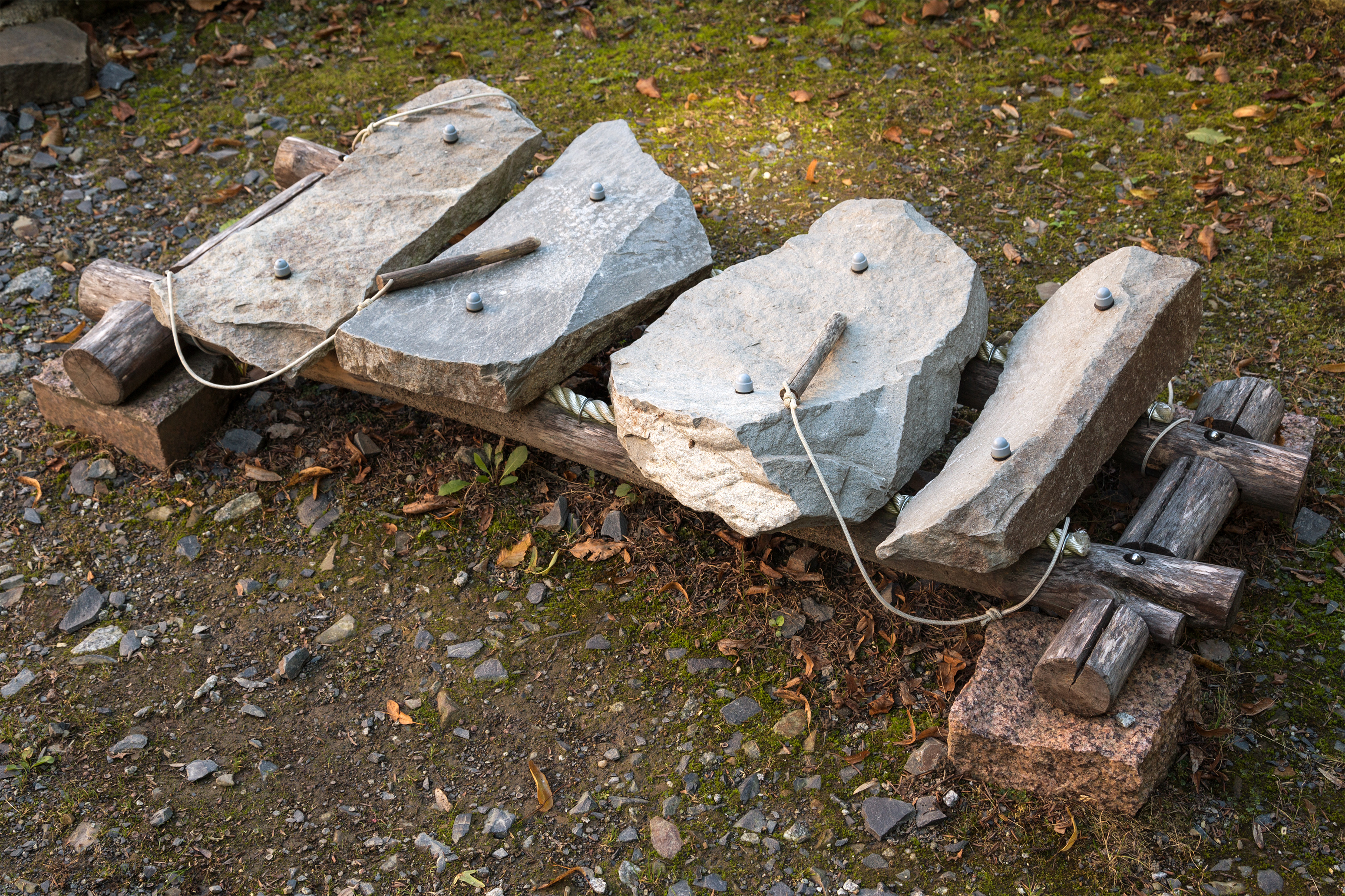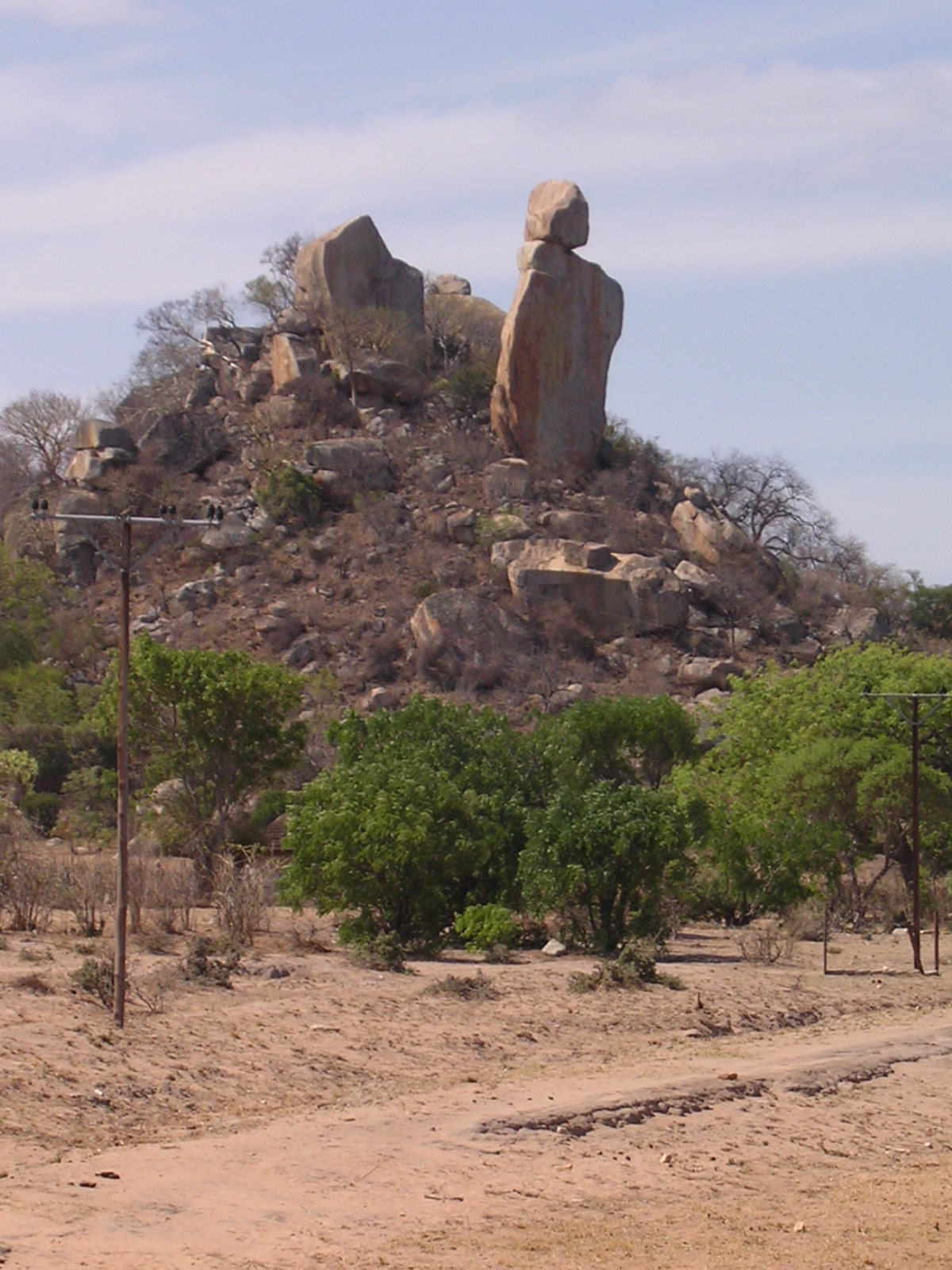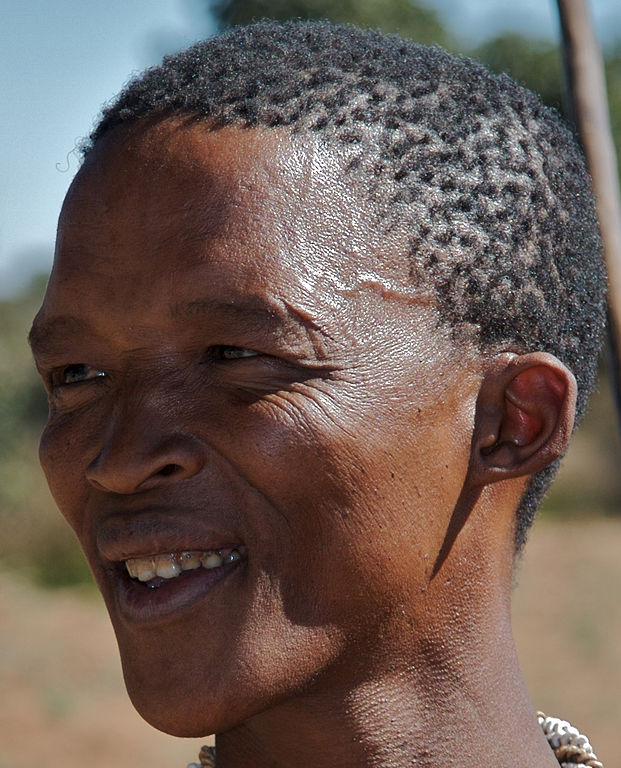Delia Owens, wildlife conservationist and briefly a neighbor in the Kalahari, has now written a crime novel set in coastal Carolina. ‘Where the Crawdads Sing’, the title taken from her mother’s term for the back-of-the-back-of-beyond where the wilds harbor impossible beauty and secrets, is a nod towards the music – the exquisite music – inherent in the spheres.
Even if zoologists tell us that crawdads do not have any organs capable of producing sound, researchers assure us that there are rocks that do. There in southern Africa, in the very landscape where Owens and her co-conservationist, Mark, studied the lions of the Kalahari, home to the ancient San, and to a geology stretching back very nearly to the dawn of our planet, there are what cognoscenti call ‘lithophones’, rocks that produce sound – that impossibly sing – like the Carolina crawdads.
Refined lithophones of the kind played in Vietnam and elsewhere are strips of carefully shaped stone assembled like a marimba or even a gong. But the monumental variety found in corners of southern Africa, discovered by the San, lie unworked in the hoary hills that dot the African savannah. In such outcrops or, ‘kopjes’ as they are called, are exposed strata of rock, which, when struck by large stones transmit vibration – humming – across vast distances. Lithophones: rocks – deep rocks – that sing. They are testament to the intimacy with nature achieved by aboriginal peoples, a fidelity with surroundings that Owens, or the ‘Marsh Girl’ of her novel, have sought whether in the Kalahari or the Carolinas.

Ponder the lithophones of the Kalahari and the ancients who found them and set them to singing, and one can’t help but wonder, ‘What are the hidden instruments of our own deep strata as creatures?’ What is the discourse, what the images and stories, that can, when ably struck, travel our inner depths setting silences to humming across the vast distances of experience and culture? What the effect of sensing elementally that whichever thorn scrub we roam we are not alone? What the power of stumbling upon what is buried in darkness, lying inert, yet can with skillful touch be brought to singing?

A worthy search, that, for writer, for teacher, for poet and artist, for prophet, preacher and healer, as for humble bedside teller of tales. Tramping in patience and wakefulness the hinterland, whether marsh or desert outcrop, is the first order of craft and calling – there, where the crawdads may, but certainly the rocks will, sing.
(Next blog post explores a Kalahari San image that travels far and at astonishing depth.)
If you wish to receive regular notice of these fortnightly ‘Traipse’ postings, simply click the ‘Follow’ button appearing on the right side of the ‘About’ page. JPL



Nice story! Thanks!
Good!
The book is well worth your time to read – part mystery, part biography, part nature introduction. I enjoyed it, and this post.
Love it will pass it along
Loved it. Very well scripted.
Wow. I had no idea this was the very same Delia from Botswana days. Thanks for pointing this out. I’ve been waiting to read her new book but it’s always checked out from the library!